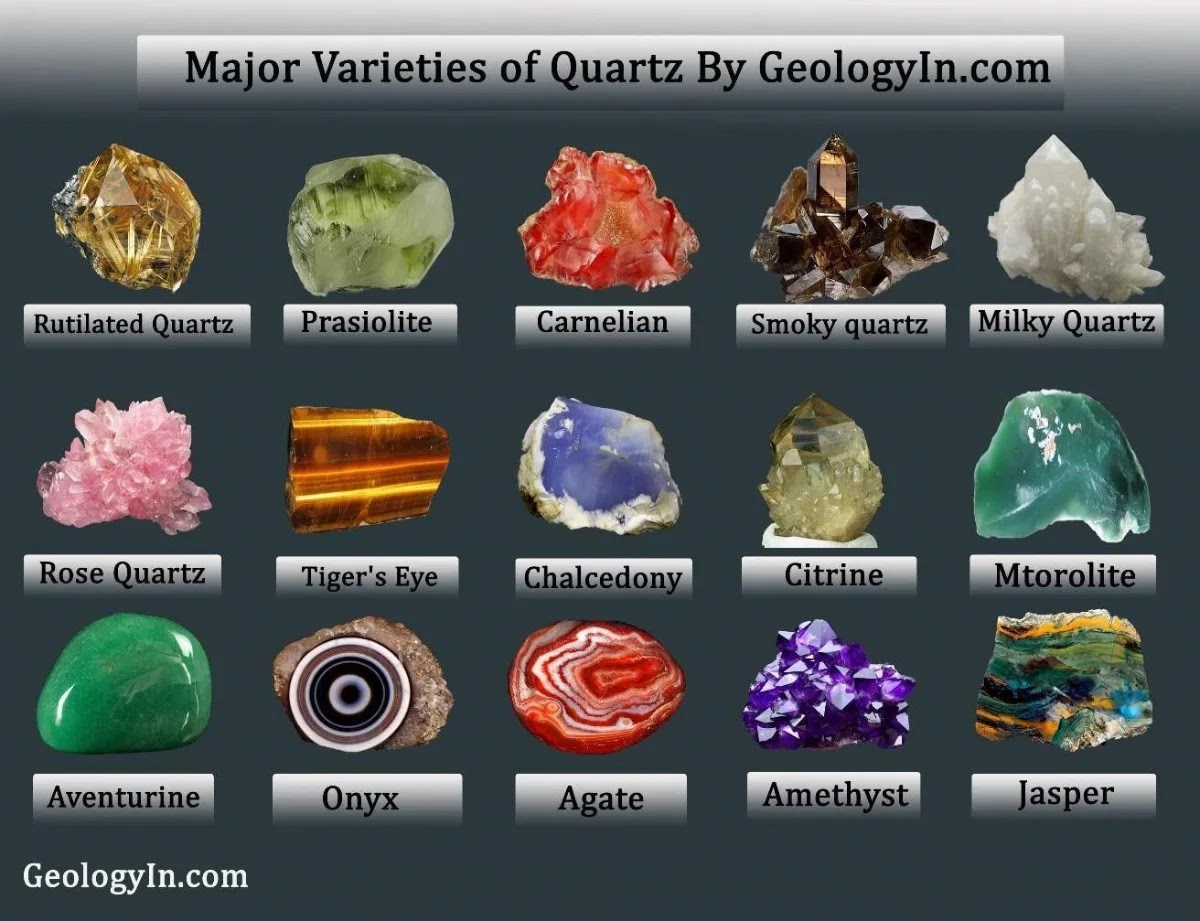Earth's Oceans Were Green for Billions of Years
For billions of years, Earth's oceans may have been green, giving the planet a "pale green dot" appearance from a distance, rather than the familiar pale blue we know today. A recent study suggests that between 3 billion and 600 million years ago, iron-rich waters turned the oceans a striking green, likely influencing the course of evolution and the development of life on Earth.
How Earth’s Oceans Turned Green
During the Archaean era, Earth's oceans teemed with dissolved iron, fundamentally altering how sunlight interacted with the water. Iron hydroxide particles (Fe(OH)₃) absorbed blue wavelengths while the surrounding water absorbed red, leaving predominantly green light to reflect—causing the seas to glow with an unmistakable green hue.
Researchers from Nagoya University have uncovered compelling evidence of these iron-rich conditions, which not only transformed the appearance of ancient oceans but also influenced the evolution of early life. In these environments, cyanobacteria—among Earth’s earliest photosynthetic organisms—developed specialized pigments called phycobilins.
Unlike modern chlorophyll that absorbs red and blue light, these pigments enabled cyanobacteria to efficiently harness green light, allowing them to thrive where others could not. This adaptation set the stage for the Great Oxidation Event (GOE), a transformative period that reshaped Earth’s atmosphere and paved the way for complex life.
 |
Image of the unique green sea caused by high iron concentration in the water. |
How Green Oceans Paved the Way for Complex Life
The success of these cyanobacteria set the stage for one of Earth’s most significant evolutionary milestones: the Great Oxidation Event (GOE) around 2.4 billion years ago. As these microbes flourished in green-lit, iron-rich waters, they produced oxygen at an unprecedented rate. This oxygen reacted with the abundant iron, precipitating it as rust-like deposits and gradually depleting the iron levels, which eventually restored the modern blue appearance of our oceans.
Using numerical simulations and genetic engineering of contemporary cyanobacteria, scientists have reconstructed these ancient conditions, revealing how the unique light environment spurred the evolution of advanced pigment systems. This adaptive breakthrough not only enabled cyanobacteria to outcompete other microbial life but also played a crucial role in oxygenating the atmosphere, ultimately paving the way for the emergence of complex life on Earth.
Implications for Life Beyond Earth
This discovery has far-reaching implications beyond our own planet. If Earth’s early oceans were once green due to iron-rich conditions, similar environments could exist on other planets with high iron content. A world with green-hued oceans could indicate the presence of photosynthetic life, offering a new way for scientists to identify habitable exoplanets.
Even today, traces of these ancient conditions can be found in iron-rich lakes and hydrothermal vent systems. These modern-day analogs give researchers valuable insights into how life adapted to extreme conditions billions of years ago and help refine the search for biosignatures beyond Earth.
 |
Early Archean Earth over 3 billion years ago, showing magnesium-rich proto-continents as orange shapes before plate tectonics began, with a green ocean due to high iron (Fe[II]) ion levels. |
A Pale Green Dot?
Carl Sagan famously described Earth as a "pale blue dot," but this research suggests that for much of our planet’s history, it may have been more of a "pale green dot." The study challenges conventional ideas about Earth’s early environment and highlights the intricate relationship between planetary chemistry and biological evolution.
As scientists continue to piece together the story of our planet’s past, the green oceans of a billion years ago serve as a reminder that Earth has always been in flux—shaped by the life it sustains and, in turn, shaping the future of life itself.

%20(1).webp)






